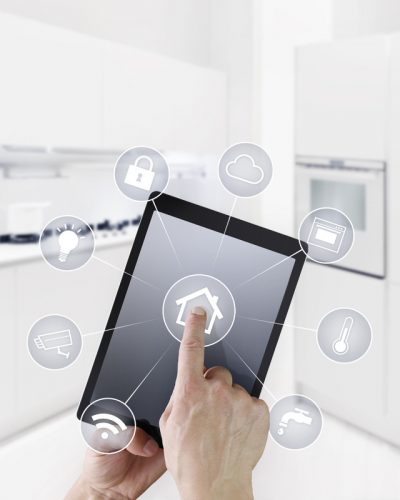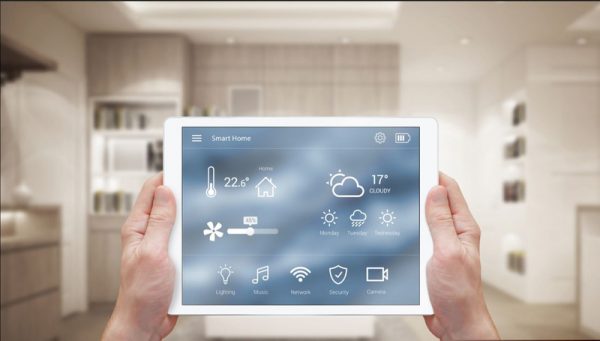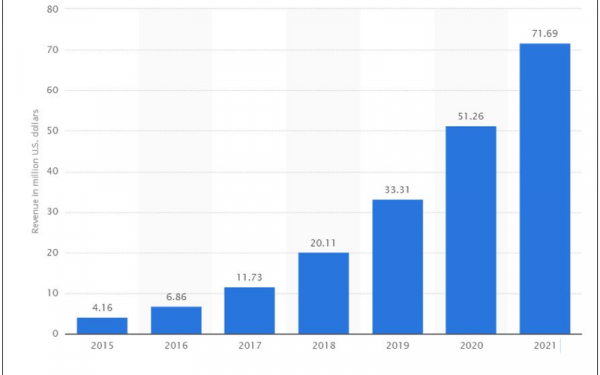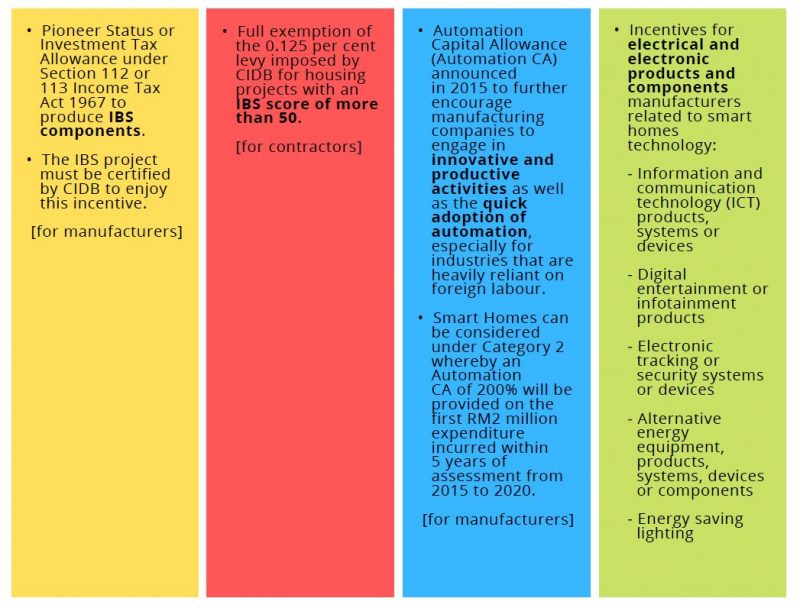
This site
is mobile
responsive

According to A.T. Kearney, the global smart home market is expected to grow to more than USD50 billion in 2020 and approximately USD400 billion in 2030, representing more than 40 per cent of the total home appliance market. A January 2019 report by ResearchAndMarkets.com also predicts significant growth in the overall smart home market, expecting a compound annual growth rate (CAGR) of 12.02% from USD76.6 billion in 2018 to USD151.4 billion by 2024.
Many factors particularly the rising adoption of technology and access to the internet and smartphones and related gadgets, are driving the growth of the smart home market. The growing demand for comfort, convenience and more efficient management of security, energy, resources as well as health and wellness have also fueled the market for smart home appliances.
Smart home products essentially powered by Self-Monitoring, Analysis and Reporting Technology (S.M.A.R.T. or SMART), a system developed in 1992 and became increasingly adopted in consumer devices between 1998 and the early 2000s.
This technology enables users to control and monitor their connected devices remotely via gadgets such as their smartphones. It not only contributes to more efficient energy usage but also security and accessibility to those with special needs or the elderly. Examples of smart home products include wireless speaker systems, thermostats, refrigerator, locks, smoke detectors, lighting, home security systems and cleaning tools such as Roomba.
An IoT-enabled smart home is a connected home which promotes greater energy efficiency and environmental responsibility while adding a new level of convenience by connecting everything from heating, ventilation, and air conditioning (HVAC) controls to entertainment systems and even kitchen appliances.
The technology is mostly driven by tiny sensors – which are becoming progressively less expensive and more sophisticated – that are embedded in smart devices and connected to apps in smartphones or home control systems.
Among notable examples of smart home, projects are Microsoft co-founder Bill Gates’ USD63 million high-tech residence, Xanadu 2.0. The smart home, which took seven years to build on a huge area of 66,000 square feet, is packed with eco-friendly designs and smart technology gadgets. This includes electronic art frames that can change “paintings” on demand and customisable temperature, light and music sensors.

Smart Homes in Malaysia
According to Statista.com, the overall revenue of the smart home automation market in Malaysia is forecast to reach USD51.26 million in 2020, from USD4.16 million in 2015. The home devices available such as Google.
Home and Amazon’s Alexa are becoming more commonplace in Malaysian homes. The above statistics show a revenue forecast for the smart home automation market in Malaysia from 2015 to 2021.
Example of smart home projects in Malaysia include:
Despite the emerging market opportunities of smart homes, the rate of adoption among individual users is generally low especially in developing countries in Asia. While the revenue growth projection for Asia is expected to be stable in the coming years, smart home technologies are not as widely accepted as compared with the European and American markets.
Nonetheless, just as smartphones took over traditional mobile devices, the adoption of smart homes will naturally increase, particularly as technology evolves and demands for living standards and quality of life increases.
The Way 4WRD
In line with the rapid advances of technology, the Malaysian Government seeks to move the industry forward and is providing various initiatives. The National Policy on Industry 4.0 or Industry4WRD was launched on 31 October 2018 to drive the digital transformation to further accelerate the services sectors in Malaysia. This would eventually contribute to the growth of not just smart homes but smart cities, smart grids, and smart services as well.
Current construction methods of automation and mechanisation are expected to transform towards digitalisation, which would further accelerate the adoption of smart homes technology.
The Government has initiated a mandatory compliance to use Industrialised Building Systems (IBS) by 2020 as the first step to encourage the adoption of smart homes technologies. Investors are encouraged to leverage the incentives related to smart homes technology, such as:

The recently held 2nd Smart Cities and Smart Manufacturing Convention on 22 April 2019 brought together representatives from various ministries, agencies, industry leaders, startups, investors and academics from Malaysia and beyond to discuss how the country can ride on this technological wave. During the event, Mr. Zabidi Mahbar, the Deputy Chief Executive Officer of MIDA in his keynote address highlighted that developing smart homes and eventually smart cities through smart manufacturing is about exploiting the full potential of the new technologies to improve lives. It will require both the private industry players and the public sector to collaborate and drive the country’s industry 4.0 agenda forward.
The Government anticipates that by 2025, Malaysia will be one of the primary destinations for high-tech industries and ranked among the top nations in the Global Innovation Index.